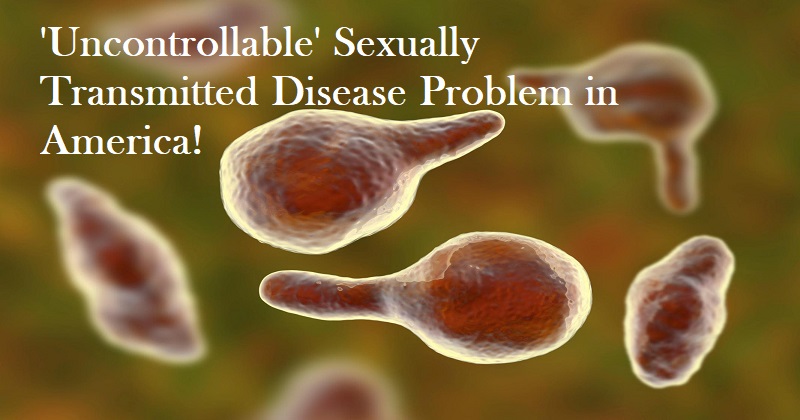
In the US, there is an acute issue with sexually transmitted infections. Monday saw a warning about the STD rate of increase from well-known public health professionals and government representatives. The Centers for Disease Control and Prevention recently revealed preliminary statistics showing an increase in syphilis, gonorrhoea, and chlamydia infections in 2017.
The STD Prevention Conference, which is held by the CDC and the National Coalition of STD Directors every two years but is being held virtually this year because to the covid-19 outbreak, is taking place this week. However, speakers have been quick to note that the existing status quo is extremely bad, despite the conference’s intention to promote hopeful technical advancements and efforts.
Leandro Mena, head of the CDC’s Division of STD Prevention, made the statement in his address on Monday, according to the Associated Press: ‘It is essential that we fight to rebuild, innovate, and extend [STD] prevention in the U.S. The National Coalition of STD Directors executive director David Harvey even went so far as to refer to the issue as ‘out of control’ in another address’.
The CDC published early this month estimates for 2021 based on its continuous STD monitoring data. In the United States, there were at least 2.5 million instances of the three primary STDs that physicians and local health agencies are required to track and report in 2021: chlamydia, gonorrhoea, and syphilis (other serious STDs such as HIV or hepatitis B are tracked as well, but their numbers are analysed and reported elsewhere). Since not all infections result in symptoms and a large number of persons do not receive routine STD testing, it is recognised that these case figures are an underestimate.
Chlamydia infections in 2021 (about 1.63 million cases) were up from the number in 2020 but down from their peak in 2019, and gonorrhoea and syphilis rates have been steadily increasing. In 2021, there were also documented instances of syphilis (171,074) and 696,764 gonorrhoea (696,764). With 2,677 cases in 2021, rates and cases of congenital syphilis—transmitted from mother to child in the womb—have also climbed. These infections can result in consequences that can be fatal but are completely avoidable with prompt antibiotic treatment. 2020 saw 139 or more infants pass away from syphilis.
There are specific difficulties that gonorrhoea presents. The gonorrhea-causing bacteria are quickly developing resistance to the few frontline medicines that are still available to treat them, despite the fact that infections frequently do not result in sickness and are only very infrequently fatal. Furthermore, gonorrhoea instances more frequently result in significant side effects including infertility or blindness in babies who get the illness while in the womb if there are no effective treatments available.
The widespread global advent of human monkeypox in 2022 just makes everything else worse. While the virus may spread to others via any kind of sustained contact, the present outbreak is mostly being transferred through contact during sex, most frequently among males who have intercourse with men who have had numerous recent partners. Though monkeypox can be controlled with an efficient vaccination and antiviral medications, the future of the disease is unknown, and many specialists worry that it may become a new, frequently occurring STD.
Mena suggested in his address that more measures may be implemented to lower the prevalence of STDs. Among these include lowering the stigma attached to STDs, promoting condom use via education and persuasion, and making it more convenient and affordable for individuals to be tested. He said that the creation of at-home tests, comparable to those that are already publicly accessible for covid-19 or pregnancy, would be a significant step in improving testing.

Post Your Comments